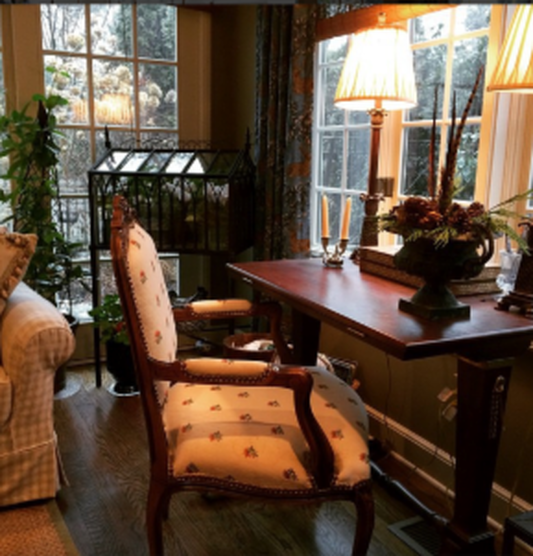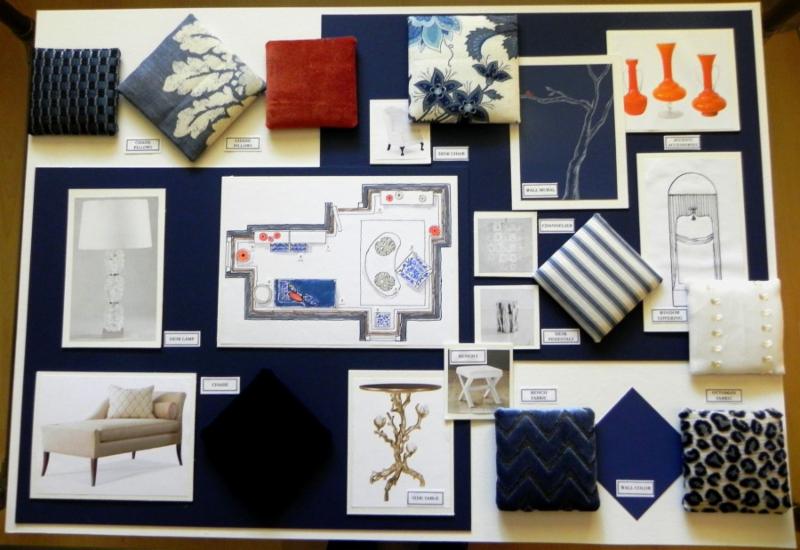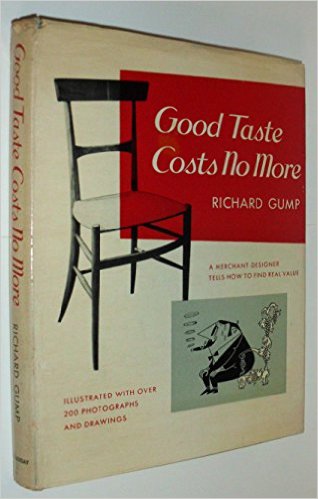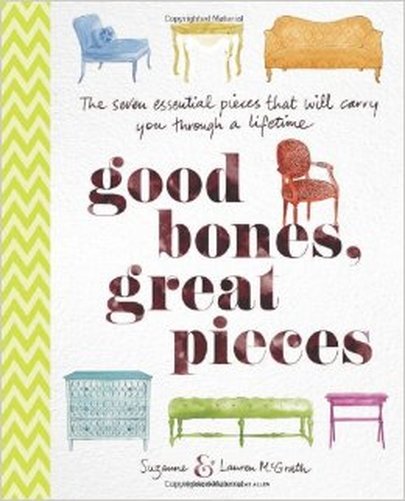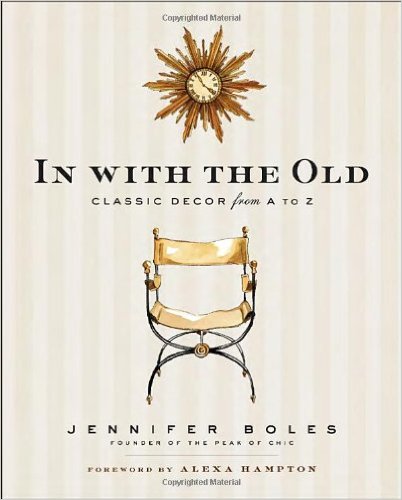|
I'm very lucky to be able to do what I love for a living. Combining my interior design practice with a retail shop is the perfect mix for me because I get to use both sides of my brain and every day brings new adventures. Drafting table in my office Although most of you are familiar with the shop, not all are familiar with my design work, so I thought I'd share with you a little bit about my approach. Every interior designer has their own methodology. Some start with a color, or a desired feel, or a piece of furniture. I start with the question "what do you do in this room?" Watch TV? Entertain? Read? Eat? Sleep? All of the above? I follow the adage set forth in 1896 by Louis Henry Sullivan, father of the skyscraper and mentor to Frank Lloyd Wright  Once the function of the space is determined, the tape measure comes out, scale drawings are drafted and furniture plans are developed. There should be comfortable seating for everyone, ample reading lights, a place to set a drink down and one to put your feet up. There is nothing beautiful about a dysfunctional space. Once we're satisfied that the space will function according to it's need, I begin the process of defining the style and feel of the room. Design books, shelter magazines and the internet are a great source for inspiration. The vocabulary of design can be challenging for folks who aren't immersed in it, but most can identify pictures of what they like and don't like. Pinterest is a great tool for sharing ideas with clients. Style is a personal thing and one that evolves and develops over time. Finding your own style is an exciting and fascinating journey. I'm a bit of a Neo-Georgian, but I appreciate and enjoy good design in many styles. Only after we've got the plans and feel in order, do I actually start selecting furnishing, fabrics and finishes. Three classics worth the readThere are many, many great books out there on design. These are three that I've found packed with usable info and that resonate with me. Written in 1951 by Richard Gump, then head of Gump's Department store in San Francisco, this little gem is packed with insights and truths. Some examples "Costliness does not necessarily assure comeliness" "The latest thing is not necessarily the best thing" "Over elaboration is not beautiful." Out of print, but available on Amazon. This is a useful guide for both beginners and more experience home designers. Once you have the basics - sofa, bed, table, the options for the rest of your furnishings seem endless. The authors have distilled the many options available, down to a list of seven essential pieces that are so timeless and flexible, that they will literally be with you from your first apartment to the retirement community. Have I piqued your curiosity? Here they are: Demilune Table - Dresser - Side Table - Love Seat - Bench - Slipper Chair - Occasional Chair Not sure what the difference between toile and tole is? This charming collection of 100 of the most stylish design essentials is arranged alphabetically. It enlightens, instructs and provides the hows, whys and whats of classic details, presented with a fresh, contemporary touch. Available at Found Comments are closed.
|
Karen HelmeKaren is an interior designer and the owner of FOUND. Archives
January 2017
CategoriesNewsletter Sign Up
For Email Marketing you can trust. |
